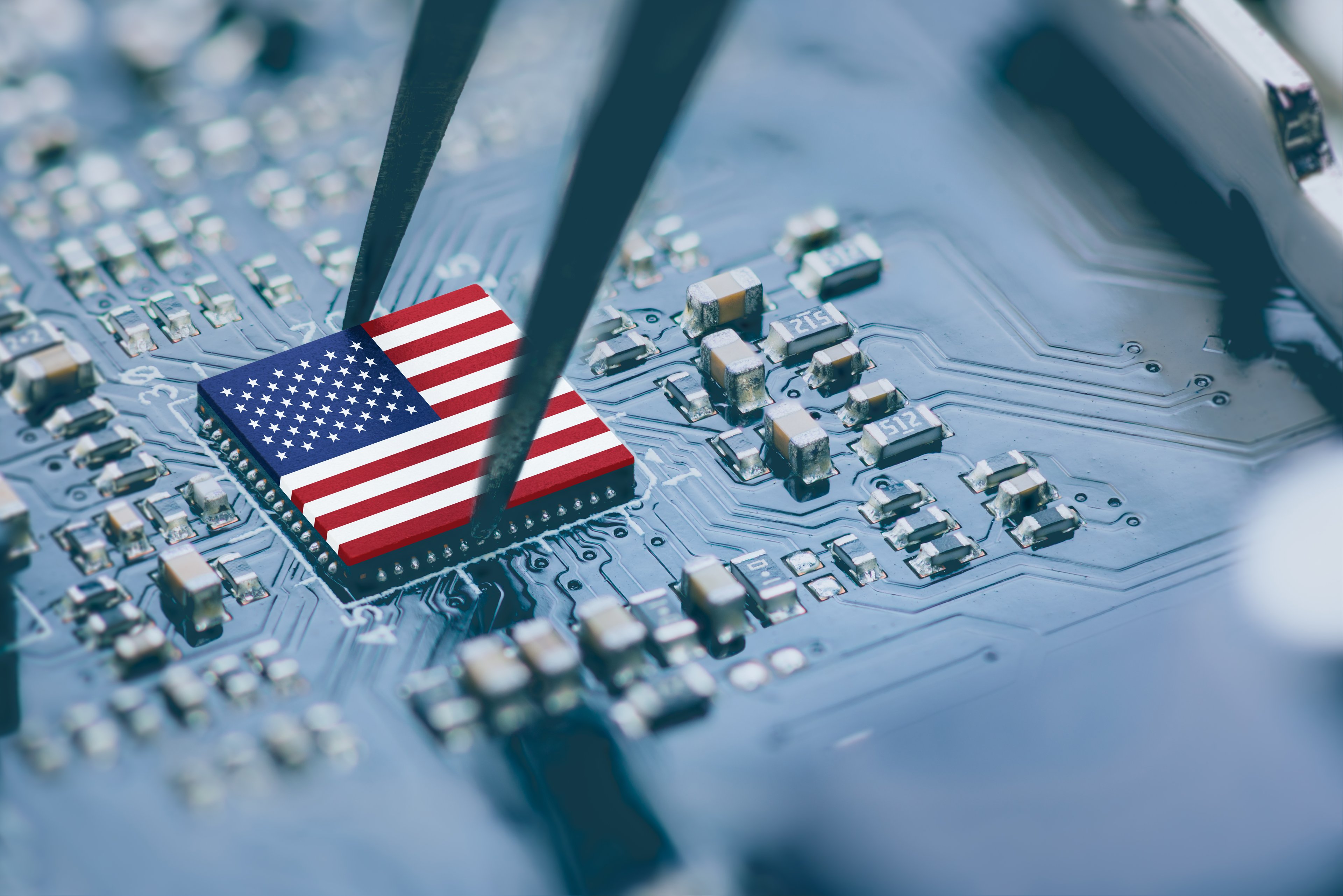Back in December, when AMD (NYSE: AMD) promised breakeven operational income by mid-2008, investors pointed, laughed, and sold the stock. That goal just didn't look plausible after a string of massive losses.
Fast-forward to last night, and the company nearly managed a breakeven quarter way ahead of schedule. Discounting the effects of a massive goodwill writedown, AMD saw a tiny $9 million operating loss at the end of the year. Both unit volume and average selling prices increased over last quarter, and management believes they stole some market share from Intel (Nasdaq: INTC), despite keeping a tight rein on deal-chasing sales reps.
One down, plenty to go
The next couple of quarters won't be as cheery, of course. Companies like to refresh their IT inventory at the end of their budget years, and consumers go nuts over the holidays, which makes the spring and summer less intense for a hardware maker like AMD.
As CEO Hector Ruiz hammered home time and time again during the conference call, the main thing right now is to get profitable again. It will take about $2 billion in quarterly sales at near-50% gross margins to overcome the fixed manufacturing costs and the interest on a huge debt load.
A fairly slow rollout of Barcelona server chips didn't seem to hurt the results much. COO Dirk Meyer noted that server chips normally account for about 15 million units a year, verses 100 million desktop processors. But this quarter, the product mix was closer to two desktop chips per high-margin server unit.
You may have heard of a design flaw in the Barcelona processors that causes lockups and crashes in certain configurations, but there won't be any recalls or exchanges, and the flawed design is still coming off production lines. A simple software update can work around the problem in most cases, so it's just a matter of selling those units to the right customers. That's one creative way to keep clear of unexpected costs.
Why can't we all just get along?
Regardless of their differences, AMD and Intel do agree on some things. Meyer said that the macroeconomic environment looked healthy in the fourth quarter, in spite of an ongoing credit crisis and declining consumer confidence here in the States. "Clearly with all the economic noise in the system, we're looking very keenly and constantly at the environment," he said, "but then again we haven't seen any substantial change from norm." That line could have been spoken by Intel's management the night before, or by IBM (NYSE: IBM) in its preliminary results announcement.
So with statements from three independent sources, I think it's safe to say that the global computer industry is a long way from recession. Whatever happens in North America, that's just a small part of a big world, and there's a lot of growth going on elsewhere. AMD doesn't absolutely need to have the lead in the high-end performance race, because many of the emerging markets aren't looking for expensive top-shelf solutions.
Of course, you can't fall too far behind, so the company is working hard to get 45nm production lines up and running, and seems to have a lead over NVIDIA (Nasdaq: NVDA) in the stand-alone graphics market right now. But all told, there's enough processor demand across the world to keep both AMD and Intel happy and healthy for the foreseeable future. AMD shares might drop again when first-quarter results come in below these numbers, but we're still looking at a massive value in the shares today. I bought my position at much higher prices than this, and still expect to make a profit in the next year or two.
Now, if you'll excuse me, I will need to keep quiet about this stock for a few weeks. It's time to buy some more.
Further Foolishness:








